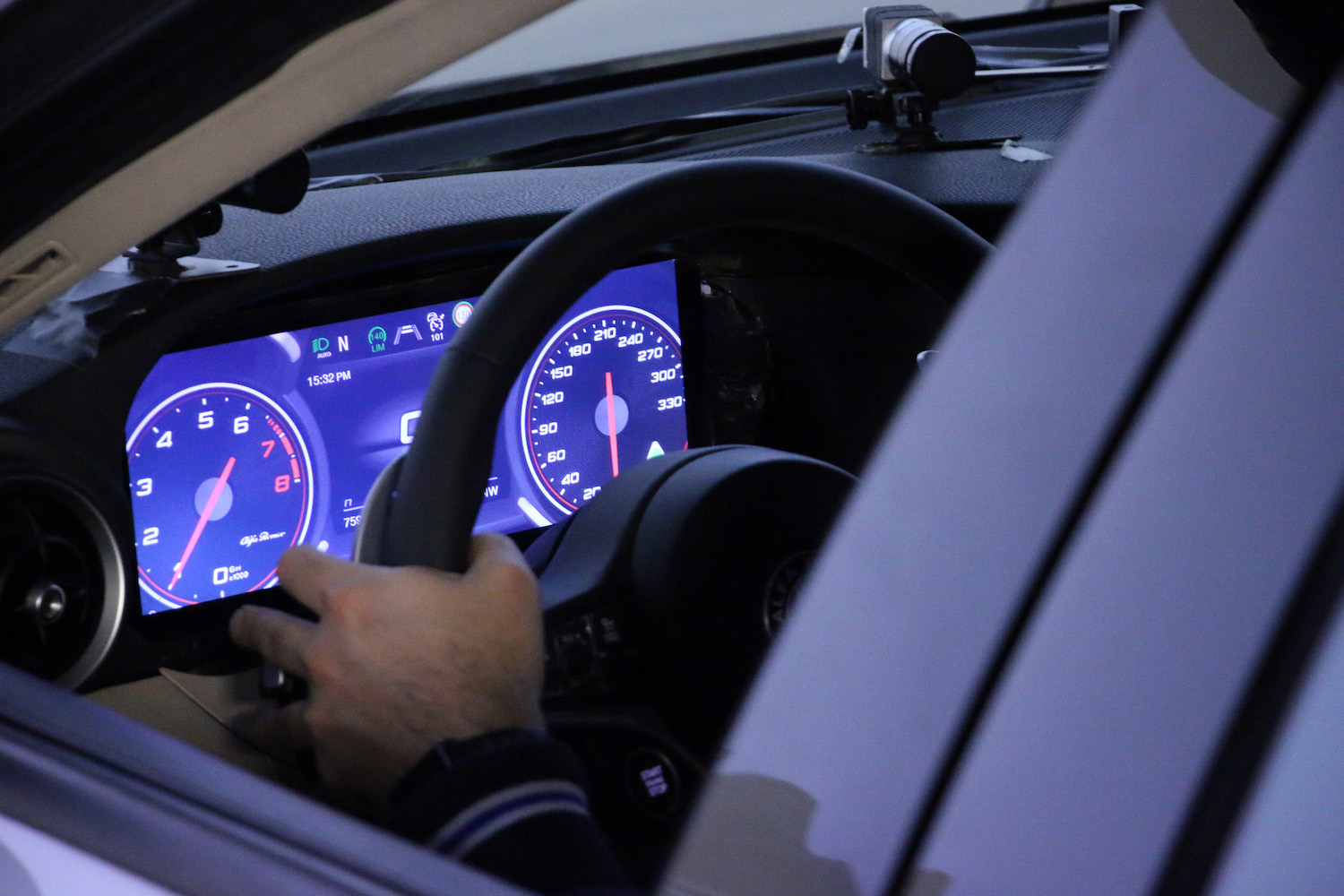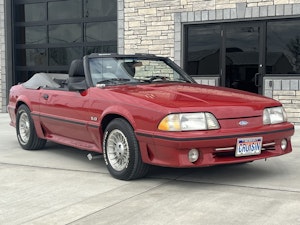Media | Articles
Maserati built an advanced driving simulator that’s even better than Ferrari’s
It can be hard to keep track of what the Fiat side of FCA is doing. But even if you’re not sure how Alfa Romeo became an SUV company all of a sudden, one thing is for sure: Had the Maserati brothers not started their business on Via Emilia in 1914, Modena wouldn’t be the heart of Italy’s motor valley today. Yet, while the Maseratis succeeded in building the world’s fastest and most stunning racing machines, their company hasn’t really been at the top of its game same since the late 1960s. In fact, much younger geographically near entries into this game—Ferrari, Lamborghini, or Pagani—continue to generate a lot more wows than the region’s first loud pioneer.
Today it might seem like Maserati will always be in Ferrari’s shadow, but hope is not lost; the brand announced its new era, which will spawn not only a more focused two-seater “super sports car” next year, but also an electric Gran Turismo successor in 2021. And all of these developments start at Maserati’s Innovation Lab, a place no journalist could visit. Up until now.
Opened in 2015, Maserati’s R&D center was originally set up to design Alfa Romeo’s rear-wheel drive Giorgio platform. Under former boss Sergio Marchionne’s orders, the facility was also supposed to remain a top secret location. Today, of the total of 1500 technicians and engineers, 1100 of them work here on future products, focusing mostly on Maseratis for now. However, while the place is officially shared with Alfa Romeo, it’s also open to all other FCA brands, from red-hot Jeep to… Lancia.
This Innovation Lab is responsible for the dynamics, functionality, quality, and user experience of upcoming Maseratis. That translates to the seemingly endless validation and testing processes all carmakers face these days, and so to speed up development times and save costs, FCA’s building hides some of the world’s most advanced driving simulators. In fact, the dynamic rig Maserati uses goes much further in rendering realism than even the often-mentioned F1 system used by Scuderia Ferrari, or (according to Maserati) any other setup available on the market today.
The most impressive party trick of the Dynamic Simulator, the Innovation Lab’s crown jewel, is that it offers nine “degrees of freedom” instead of the standard six. That means that while the lower platform’s electric actuators move the cabin in three directions, the upper ones add six ways of adjustment, with the whole thing floating on a thin cushion of air for silent and effortless operation. This virtual car is driven by multiple-time FIA GT champion Andrea Bertolini, who says the experience feels 90 percent real. The missing 10 percent? Factors like tire behavior on a certain day, and other variables that cannot be pre-calculated in the digital space.
Marketplace
Buy and sell classics with confidence




The simulator knows the Nürburgring, Mugello, and the Stelvio Pass inside and out, and engineers can test up to forty different conditions at those locations within a day. This means that with the rig offering 3.5 g of maximum lateral acceleration and sporting the optimal center of gravity, both the performance and comfort aspects of a vehicle can be fine tuned in the same room, and in a much shorter time. More precisely, Maserati says this “Driver-in-Motion” technology makes it possible to halve their time-to-market period, since 90 percent of all development can be carried out on the simulator. In the end, this reduces the need for (expensive) physical prototypes by 40 percent.
Another interesting tool is remote simulation. With the real hardware hooked up to punishing test benches in other locations around the globe, the team can run their programs from the comfort of the Innovation Lab, maximizing efficiency across the entire company. When components do break, it happens far, far away from this team’s desks.

With this technology, what would be six months of durability testing at Maserati’s Balocco proving ground can be finished virtually in just two weeks. Maserati says that this Virtual Sign-Off system is very close to the final product. Still, if you wish to see real dirt on physical prototypes, there’s no need to worry; FCA still puts 1.9 million miles of real-world testing into its cars each year, gathering 40 terabytes of data while driving them through the U.S., Norway, Sweden, China, Brasil, Dubai, South Africa, and New Zealand.
Back at the Innovation Lab, there’s also the Static Simulator, which is really a gutted Alfa Romeo Giulia missing most of its front. The key methodology used with this is Hardware in the Loop, which means the engineers fit real subsystems such as steering and braking, as well as ABS and ESC. With a professional driver on board, this system (composed of three projectors and actuators) will drive just like a normal car, overtaking virtual BMWs in heavy virtual rain all day long.
When it comes to having different road signs in the U.S., France, or Germany that an autonomous system should understand, a modified simulation is still just a few clicks away.




Immediate feedback for real-time validation, cost-efficient systems integration, one happy FCA brand. Sounds clever, doesn’t it?
Whether you believe in the merits of virtual reality or not, working at this Lab since 2015 is the same team which came up with the rear-drive platform now defining the reborn Alfa Romeo brand. FCA’s premium Giorgio floorpan allows both the Giulia and the Stelvio to be the best-handling offerings in their segments, and now, it seems it’s finally Maserati’s time to make the most of the company’s resources, regardless of what the planned PSA merger could bring to the table.

Electric Maseratis are certainly on their way, developed based on the same simulation protocols, but so are internal combustion sports cars. And with Ferrari spun off into a public company since 2016, who knows where the board draws the line for Modena’s original performance marque.
Until then, we are sorry to confirm again that the Ferrari-engined, glorious-sounding, yet now also 12-years-old Maserati GranTurismo is officially out of production. Long may its memory endure.



20191114204339)
20191114204344)
20191114204350)
20191114204355)









